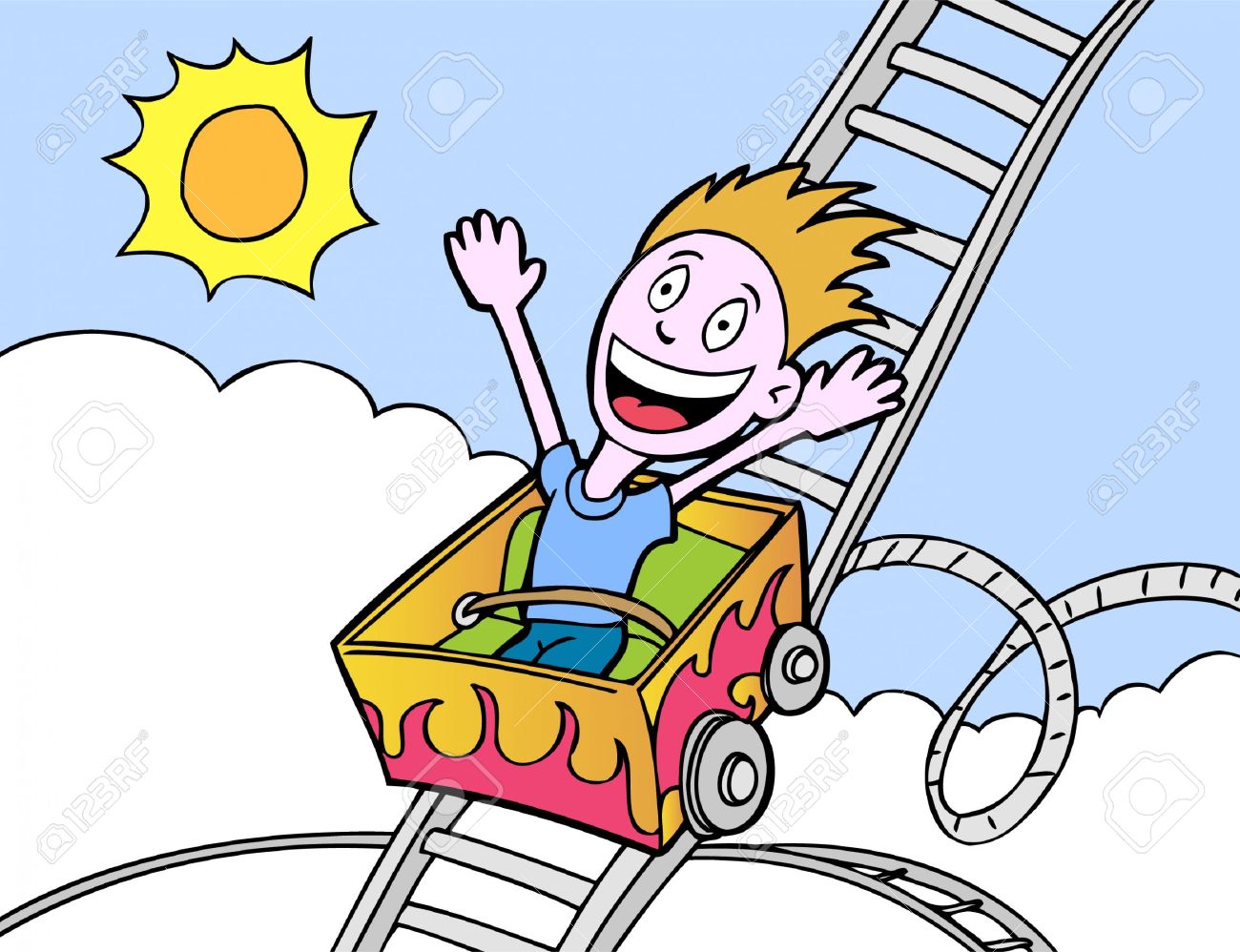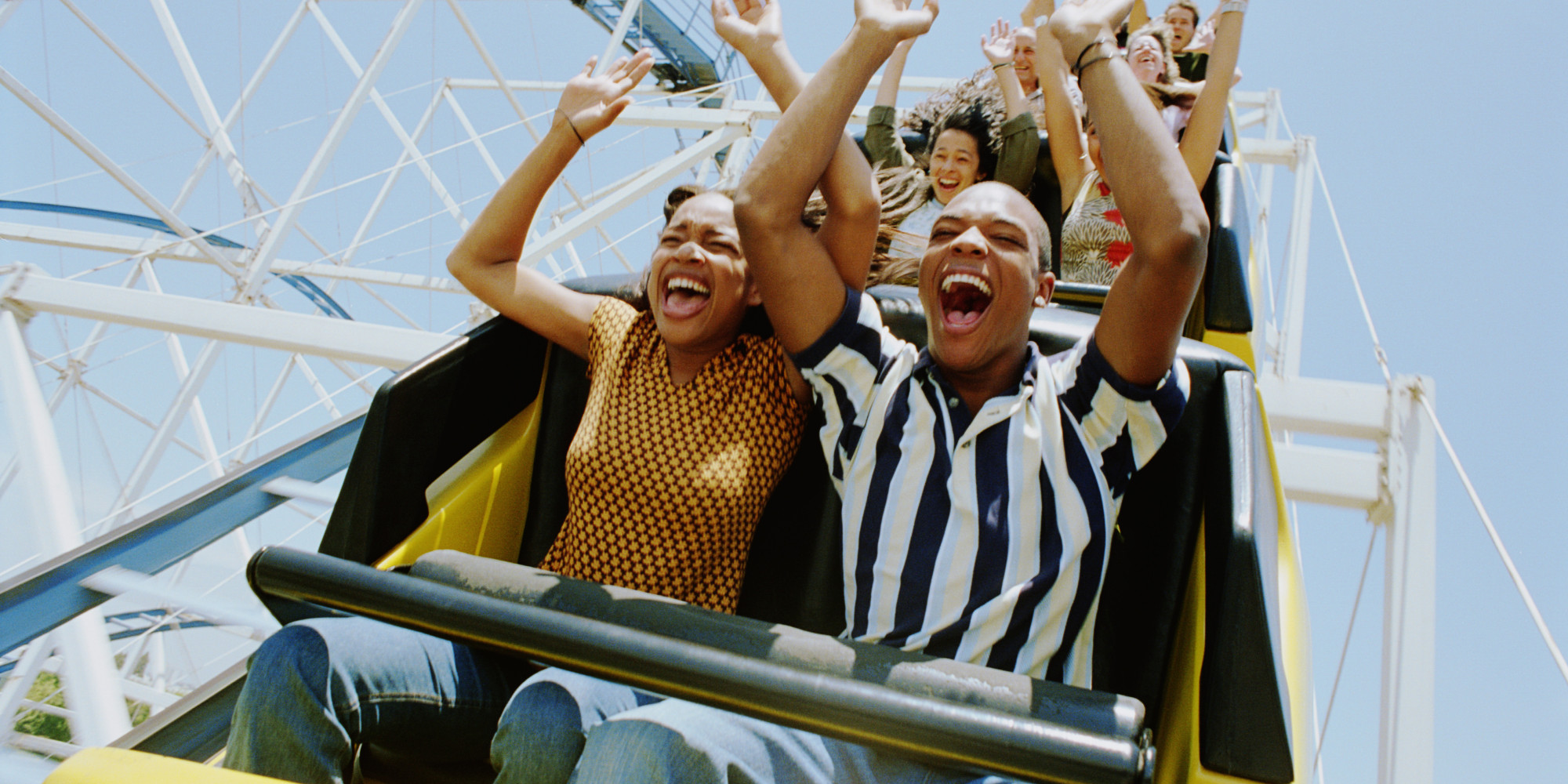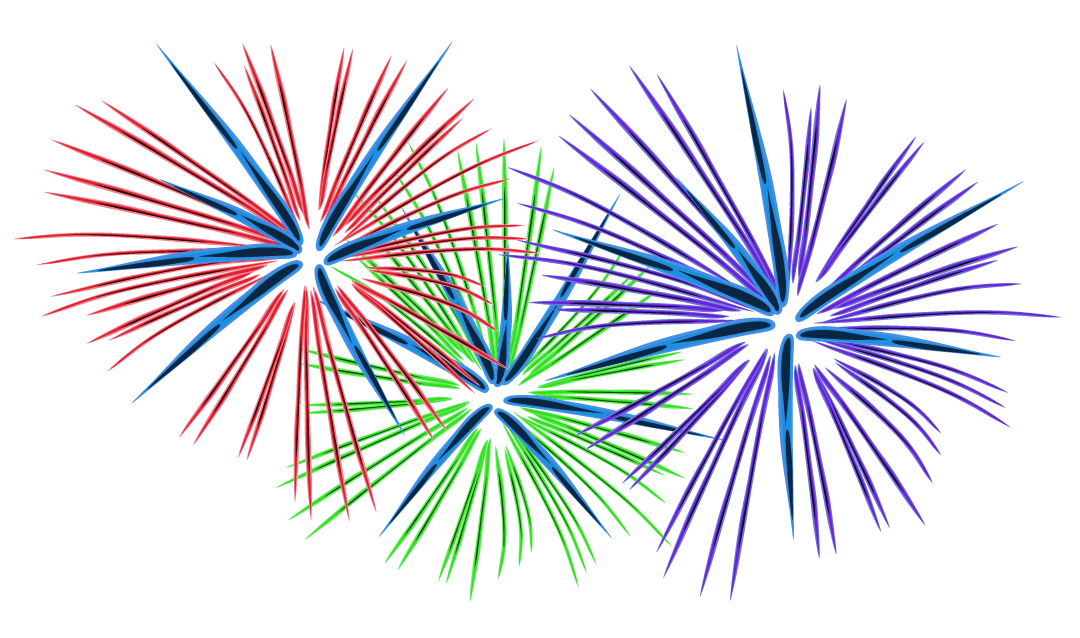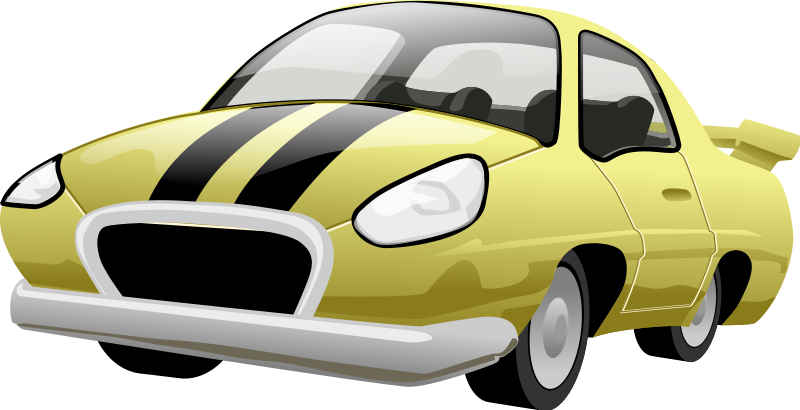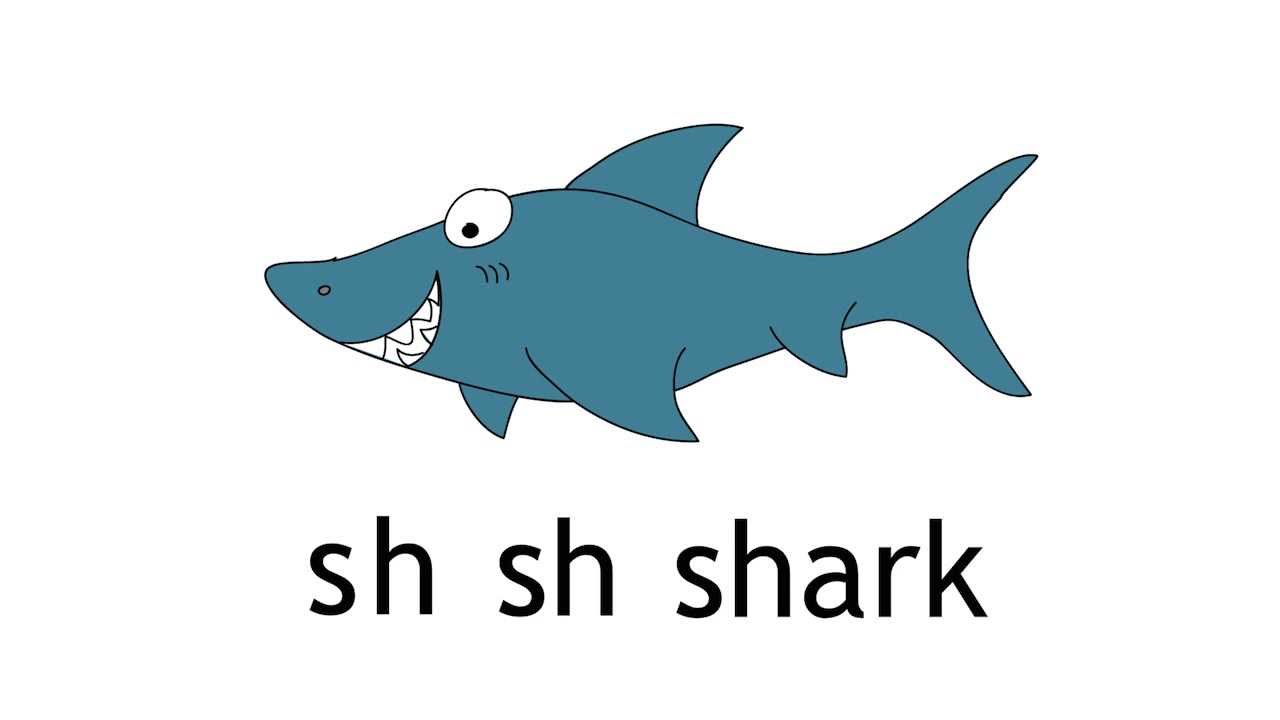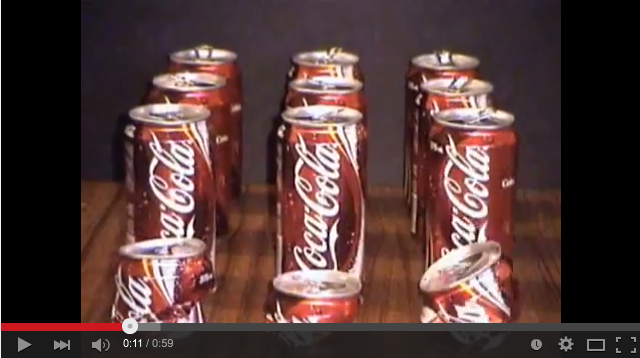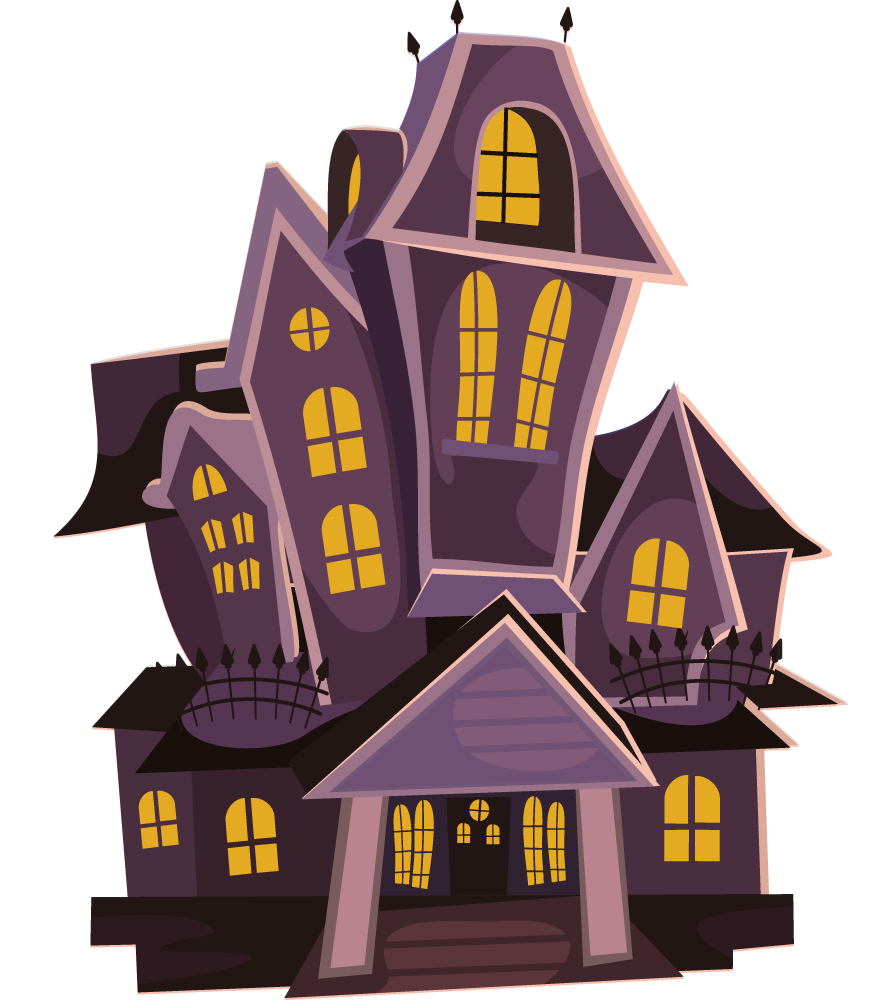Dance
Movements - Living Pictures
The children can be in groups during this activity. In groups the children must create a picture perhaps they are doing their shopping, at a theme park, playing a game, at the cinema etc. Encourage the children to use facial expression and actions to compliment the picture.
The children must complete different movements when the music starts playing and when it stops they must return to their picture poses.
Movements - Night at the Museum
Based on the film, the children can complete movements of the different characters in the film. Pharaoh, explorers, dinosaur, monkey, president on horse, cowboys, soldiers, night guard. Allow the children the freedom to create movements that they feel show the character.
Movements - Drifting Leaves
Allow the children to move around like a leaf drifting in the wind. Ask two children to link up using their arms to make the beginning of the tree. Give each player a number and play gentle piano music for the children to create floating movements.
Every time the music stops another leaf joins the tree by linking arms. The children must keep track of the numbers as the game progresses.
Once the tree has been created or for every 5 people that link to the tree you can change the movements and their speed. You can also play this game with a strong wind and gentle breeze to change the speed and control of the movements.
Sequences - Roller Coaster
In this lesson, your children are going to work on dance actions.
The children will experiment with different body movements, speed of movements, facial expressions and synchronisation.
Instruct your class to pretend they are on a roller coaster. They must pay, queue up, sit down on the seat, pull down the safety bar, start moving, loops, twists, say cheese for the camera etc. (Obviously let the children come up with these ideas!)
Once the children have all had a chance to create different movements independently, they will get into groups.
The focus of the lesson has now changed to synchronised movements. The team must create movements together as though they are on the same roller coaster.
This is an enjoyable lesson that the kids love. You can even use roller coaster sound effects.
Movements and Sequences - Fireworks
Have the children stand in a circle and tell the group that they are fireworks. Set off someone as an exploding firework by pointing to them and shouting a firework word. E.g. Bang, fizz, pop etc. Once the children jump in the air they can move in different pathways and fizzle out by resting on the ground. This activity can be completed in pairs or groups. Split the class in two and allow them to create a display sequence.
Pathways - Cars
Set up an area and inside place a few cones to make a road, a garage for the children to reverse park, and make a few roundabouts using cones. Give each child a quoit to use as a steering wheel. Allow the children to travel around the area.
Use different coloured cones to signal stop, get ready and go.
Pathways - Pacman
First, set up an area that the children can move through like the game pacman.
You can create curved, straight and diagonal pathways. Once the children are inside the game, the teacher can release ghosts to walk around the area. The ghosts can be each given a dance scarf to wave around in the air to warn the pacmen.
Pathways - Numbers, Letters and Words
Each child will be given a scarf and must find a space in the area. The children will create different numbers, letters and words with their scarf. Tell the children you are looking for straight, curved and diagonal lines.
You can also link this game with your class spellings or phonics sound.
Movements - Crush Em!
This video clip is a good introduction to this dance lesson. Your children are going to work on robotic movements in this lesson.
In pairs, the children will pretend they are a can of coke. They can be crushed, twisted, dented, rolled, spun etc.
You can develop this lesson by getting all of the children into groups and creating the life of a coke can.
In this part of the lesson, your children could choose robotic, rigid movements or fluid movements. They could pretend they are a can during the manufacturing process, being blown by the wind, kicked by school children or collected by a waste collector, let your children use their imagination.
Responding to Music - Instruments
You will need a rainmaker, drum and maracas for this activity.
The teacher will use different patterns to allow children to move their body accordingly. Every time the children hear a sound, they must move a part of their body (hands, head, foot etc.). This encourages the children to listen for a beat and make a movement.
Inform the children that they can be high and standing tall, low and crouching or sitting and balancing etc.
Sequences - Bop It!
This dance game is based on the handheld electronic game Bop it!
The children will be told different actions. Twist it, run it, walk it, hop it, sneak it, spin it and bop it, which is a jump.
Give the children different instructions. Place the children in pairs and allow one child to instruct the other.
Once the children have grasped the movements, allow them to create a repeating sequence of two or more movements.
Sequences - Hall of Mirrors
Hall of Mirrors needs to be completed in pairs.
The children are standing facing each other. They will take it in turns to create strange and distorted reflections. They must try their best to maintain the distorted shapes and copying each other’s movements.
You can then split the group in half, position half the mirrors (children) around the room and tell them to stand still with their body in any position, and the other half walk around and make the reflections of the mirrors.
Sequences - Haunted House
Haunted House – Part one
Individually, the children choose an inhabitant of the Haunted House – For example, a big monster with long claws and sharp teeth, a skeleton with a floppy posture, or something floating with waving arms. The children will create the way it moves. Allow children to act out different inhabitants.
Haunted House – Part two
Set out a pathway that children can walk around and place inhabitants around the pathway at different points. Some of the children will be walking through the dark house (pathway) with eyes closed in a line. The leader has his/her eyes open the whole time to lead the line of visitors around the haunted house. The children must place their hands on the shoulders of the person in front of them and close their eyes. With small, nervous steps, the children will walk around the pathway reacting to the scary laughter and sound effects of inhabitants.
You can also give the haunted house inhabitants dance scarves to touch the visitors.

